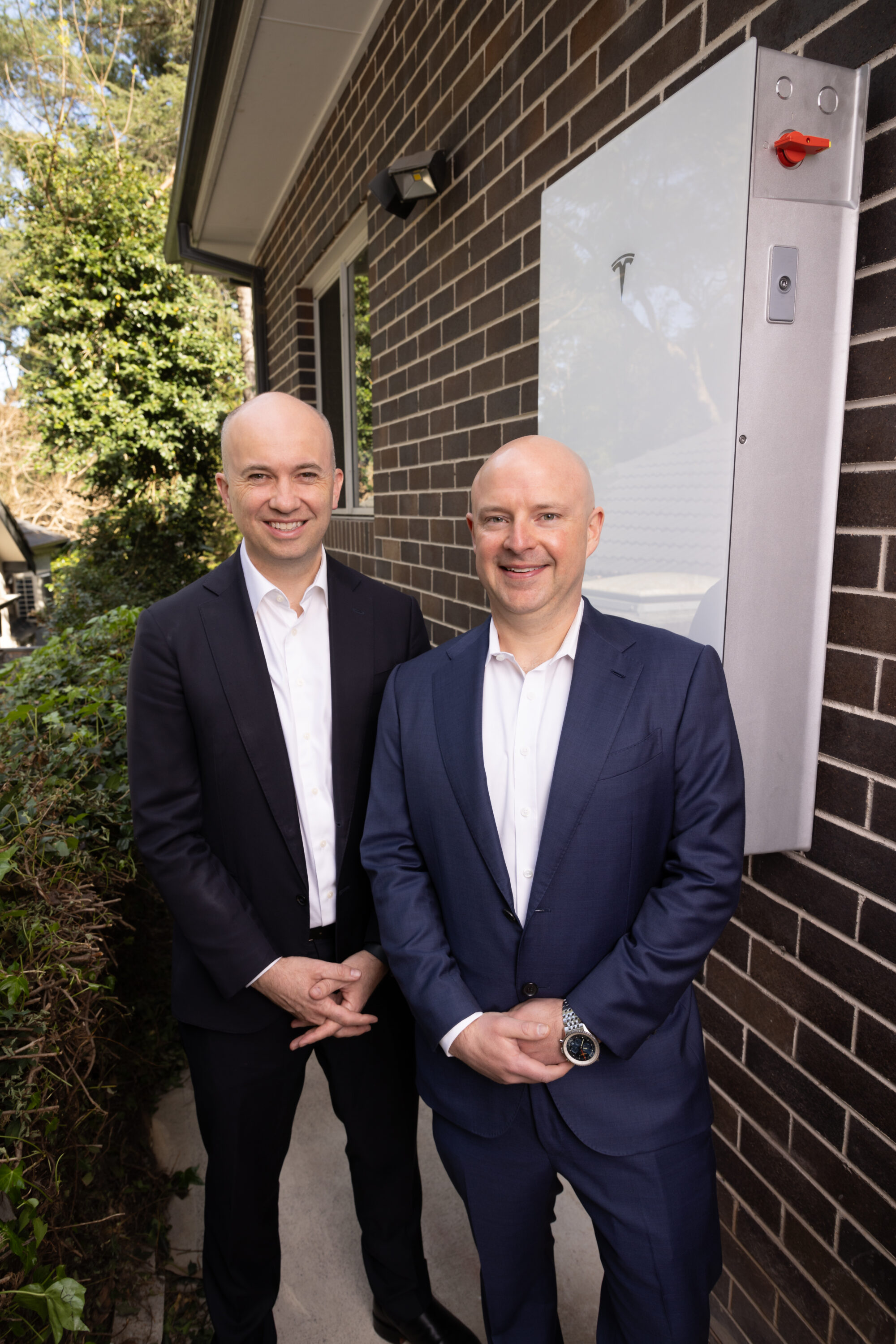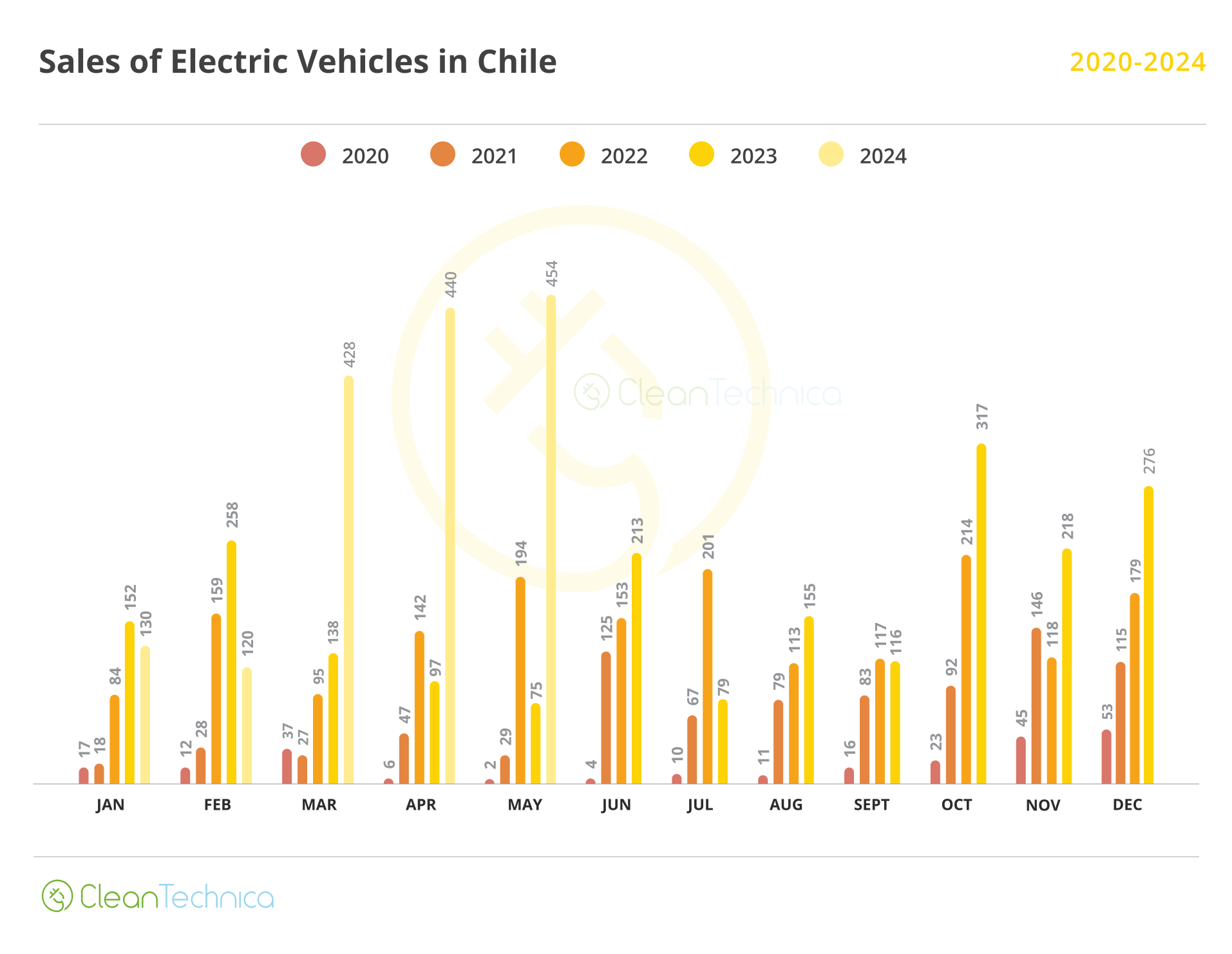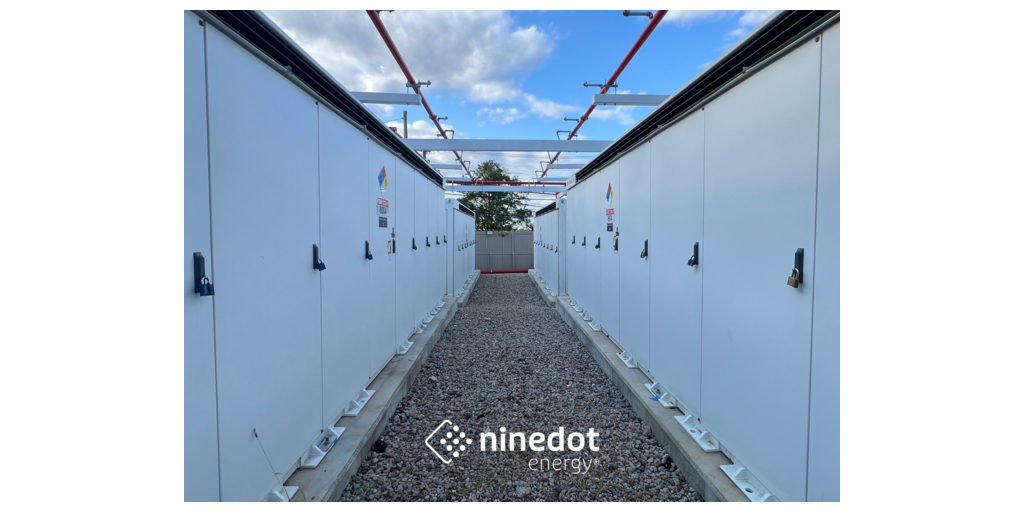Sign up for daily news updates from CleanTechnica on email. Or follow us on Google News!
It was standing room only when the U.S. Department of Energy’s (DOE) Geothermal Technologies Office (GTO) Director Lauren Boyd stepped onto the stage for a panel discussion at CERAWeek 2024. “Geothermal: How Big is it Going to Get?” was the Tuesday morning hot topic, featuring an array of speakers from technology titans S&P Global, Baker Hughes, and SLB ready to discuss the future of the heat beneath our feet.

The lone government official participating in that Tuesday morning conversation, Lauren brought comprehensive expertise that captivated an audience eager to address the many ways geothermal can provide renewable energy options across multiple sectors. And the crowds kept coming—conversations on “What’s New in Geothermal Technology” and “DOE Deploy Dialogue – Next Generation Geothermal” also played out to full rooms. This excitement presents a positive outlook for geothermal as a clean, efficient energy solution.
An estimated 10,000 attendees flocked to Houston, Texas, to participate in this year’s CERAWeek. While the oil and gas (O&G) industry has traditionally been and is still the focus of the event, geothermal was not without its shining moments. In addition to the packed room for Lauren’s session, GTO joined DOE’s Loan Programs Office and Office of Clean Energy Demonstrations to announce the Next-Generation Geothermal Power Commercial Liftoff Report, outlining a pathway to commercial liftoff of enhanced geothermal systems (EGS) and closed-loop geothermal systems (also called advanced geothermal systems). The report release created a buzz at CERAWeek, with representatives across the energy industry showing significant interest in geothermal’s future.
One key factor driving this interest is rapid and impactful innovation in next-generation geothermal technologies, including in techniques leveraged from O&G. The time and difficulty involved in drilling deep into the earth can make geothermal power generation efforts risky and expensive, and thus stall geothermal’s widespread commercial potential. That’s why improving drilling rates and lowering costs is a core component of GTO’s mission. In support of this goal, DOE’s Frontier Observatory for Research in Geothermal Energy (FORGE) initiative in Utah has seen marked progress, reducing drilling time seven-fold—from 440 hours to 60 hours at an equivalent depth of 6,000 feet—in just three years, and a GTO-funded project at The Geysers geothermal field achieved at least a 25% improvement in drilling rates. In the private sector, geothermal industry startup Fervo Energy has also successfully reduced drilling time, cutting costs in half—a huge accomplishment that signals the coming commercialization of EGS.
In addition to these speed and cost improvements, advancements in drilling techniques are accelerating geothermal’s trajectory toward widespread deployment. Achievements like FORGE’s highly deviated wells, where injection and production wells pitched at significant diagonals are successfully connected, as well as fully horizontal well concepts from Fervo and another geothermal startup, Eavor, have piqued the interest of the O&G community. The innovations—and the pace at which they are being realized—are increasing next-generation geothermal’s visibility and viability in the future of energy nationwide, and key players are starting to take notice.
Some of the largest technology companies in the world also had a presence at CERAWeek 2024, representing the need to add more reliable power to the grid in an increasingly digitized world, particularly to support artificial intelligence and data centers. A number of these companies are recognizing geothermal’s ability to provide firm, flexible power that supports these uses. For instance, Google and Fervo are partnering on the first commercial-scale EGS plant, and Google is partnering with other technology companies to advance renewable energy—demonstrating near-term collaboration and opportunities for geothermal to help provide the power that technology users demand.
In addition to big tech, another group making a surprising splash with their interest in geothermal were private equity firms looking to invest in next-generation energy solutions. Given that energy demand is on the rise for the first time in decades, it follows that entities with money to spend are looking to expand their portfolio and focusing on this sector. The Inflation Reduction Act, the nation’s largest-ever investment in clean energy, also incentivizes private equity firms, energy producers and users, and others to dip their toes into geothermal by extending clean energy investment and production tax credits. This support, as well as DOE-funded research, development, and demonstration aimed at improving technology and reducing costs, helps bolster the economic attractiveness of investing in geothermal energy at a critical time for the planet.
The response to geothermal at the “Super Bowl of the Energy Sector” shows just how far the technology has come. Previously seen as occupying a niche in the energy sector, this firm and flexible renewable technology is getting increased attention from numerous industries for its innovations, efficiency, and small footprint. It’s becoming clearer to energy industry powerhouses that not only can geothermal be a key player in adding clean, reliable power to the grid, but the sooner they get involved, the better.
“The innovations—and the pace at which they are being realized—are increasing next-generation geothermal’s visibility and viability in the future of energy nationwide, and key players are starting to take notice.”
Courtesy of U.S. DOE Geothermal Technologies Office.
Have a tip for CleanTechnica? Want to advertise? Want to suggest a guest for our CleanTech Talk podcast? Contact us here.
Latest CleanTechnica.TV Video
CleanTechnica uses affiliate links. See our policy here.





